Chianciano Terme: what to do among spas, Tuscan landscapes and history
-
September 25, 2025min
Navigate to
- Where is Chianciano Terme located?
- Chianciano Terme, a history that ‘flows’ from afar
- The historic centre of Chianciano Terme: what to see
- Museums to discover: the ancient and contemporary soul of the city
- The healing power of water: the thermal baths of Chianciano
- What to see around Chianciano Terme
- Where to stay in Chianciano Terme: farmhouses in the surrounding area
When it comes to villages, Tuscany is a generous land, and Chianciano Terme should definitely be added to your list of places to visit. Famous for its thermal waters, this town in the province of Siena has much more to offer than just a long tradition of wellness: it is a meeting point between Etruscan history, Art Nouveau elegance and views that enchant visitors in every season. And it is precisely here that a journey into beauty can begin.
Where is Chianciano Terme located?
This village is strategically located for exploring one of the most beautiful areas of Tuscany (and beyond). It lies on the border between Valdichiana and Val d’Orcia, two of the region’s most iconic and evocative valleys, not far from Montepulciano and Pienza, or the tiny village of Monticchiello. From Chianciano, you can explore the south-eastern part of Tuscany, as well as the Umbrian area of Trasimeno Lake, which can be reached in less than an hour.
Chianciano Terme, a history that ‘flows’ from afar
Like other Tuscan villages, the origins of Chianciano Terme are rooted in a distant past, intertwined with Etruscan civilisation and the cult of water. As early as the 5th century BC, this area was known for its thermal springs, considered sacred and beneficial: evidence of this can be found in the numerous archaeological finds discovered in the surrounding area, now housed in the Civic Archaeological Museum.
But it was during the Roman era that Chianciano became a true thermal resort, a favourite destination for nobility seeking wellness. And even in the Middle Ages, the village – protected by walls and towers – was contested precisely because of the strategic value of its waters: in the age of the communes, Chianciano was at the centre of a dispute between Siena, Orvieto and Montepulciano, which fought long and hard to dominate it.
The town’s long-standing tradition of thermal baths flourished once again between the 19th and early 20th centuries, when Chianciano became an elegant holiday resort. Its establishments, parks, Art Nouveau and rationalist architecture still bear witness to that glorious era, and today the village remains a popular destination thanks to its thermal baths.
The historic centre of Chianciano Terme: what to see
We begin our tour in the historic centre of Chianciano Terme, which has preserved its medieval character intact, visible in its compact urban structure, its walls that are still recognisable today, and its numerous prestigious buildings. The main entrance is marked by Porta Rivellini, once known as Porta delle Taverne, so called because of the numerous taverns that welcomed travellers and merchants.
Continuing along Via Solferino, you will encounter some of the most significant sites of the ancient city, starting with the Clock Tower: initially part of the ramparts of the Porta Superiore, documented as early as 1287, it was destroyed during the Medici conquest of 1557. Rebuilt under Florentine rule, it still bears the Medici coat of arms, placed there in 1557 by Cosimo I, while between the 16th and 18th centuries it underwent significant alterations. We recommend a visit, checking the opening days and times, because from the tower you can admire the wonderful view over Valdichiana. The Tower also dominates Piazza Matteotti, where there is a 17th-century marble fountain with a hexagonal basin and steps. The square is also home to the small church of SS. Fabiano e Sebastiano and the small church of Giubilei, which houses a rare icon of the Black Madonna and hosts the permanent exhibition “Chianciano in Miniature”.
However, the religious centrepiece of the village is the Collegiate Church of St John the Baptist, built in 1289 and dedicated to the patron saint of the town. Inside, there are some important works of art, including a 14th-century wooden crucifix and an 18th-century sculpture of the dead Christ by Giuseppe Paleari. The church is flanked by the Collegiate Museum, which houses sacred furnishings, paintings and panels from the 13th to the 19th century, including works attributed to the school of Nicola Pisano and Segna di Bonaventura.
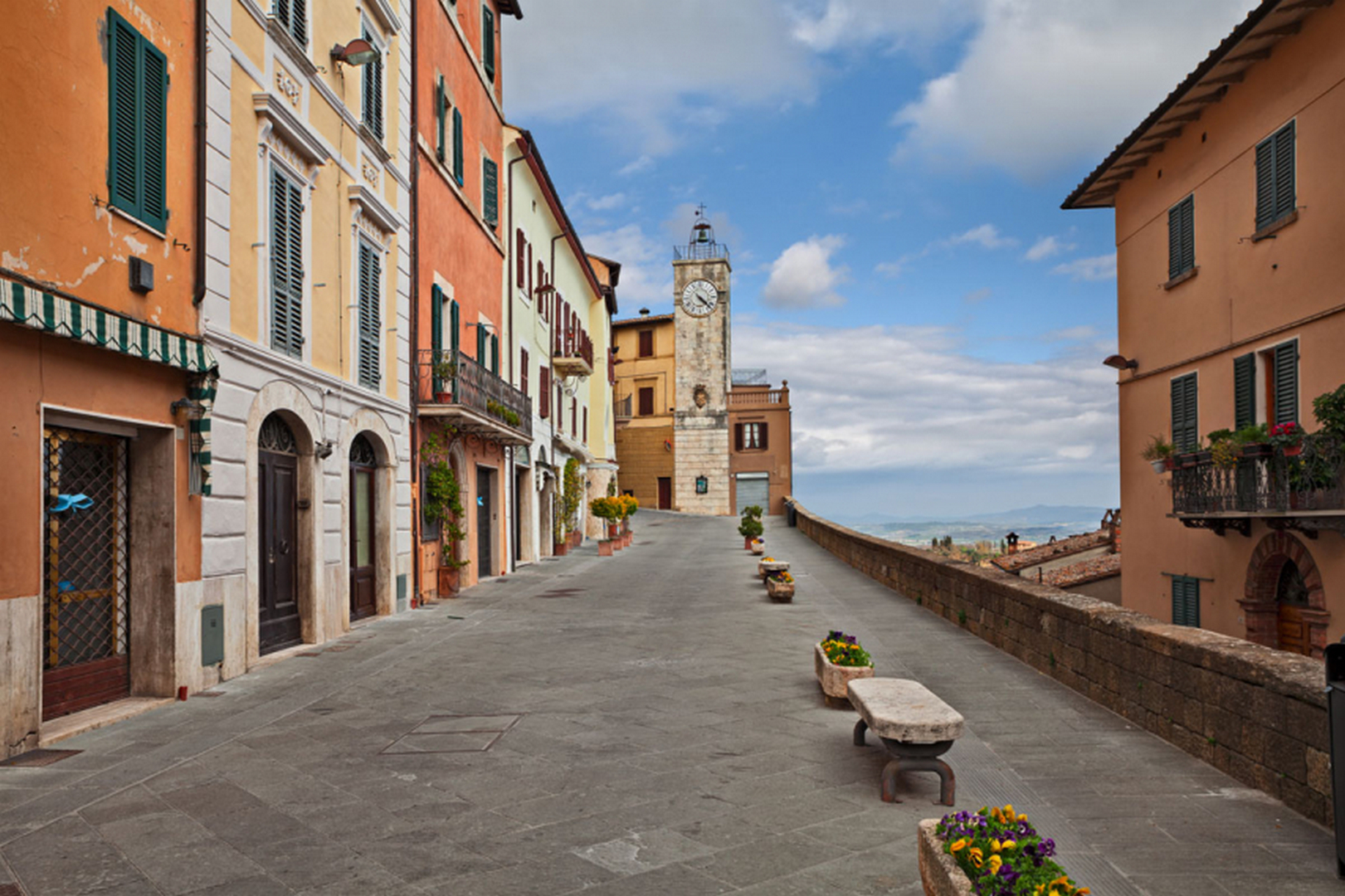
Museums to discover: the ancient and contemporary soul of the city
Chianciano surprises visitors not only with its thermal baths but also with its rich cultural offerings. The Etruscan Archaeological Museum is a must-see for anyone interested in learning more about the Etruscan origins of the area. Housed in a former granary, it holds the world’s largest collection of Etruscan canopic jars and a valuable collection of funerary objects from the 6th and 5th centuries BC.
Alongside this journey into the past, the world of art opens up: the Collegiate Museum, with sacred works from the Middle Ages to the 19th century, and the Chianciano Art Museum, a truly international gallery with works by some of the most important artists, from Dalí to Rembrandt. A bridge between classicism and contemporary vision, which makes a visit to Chianciano the ideal destination for lovers of history and art.
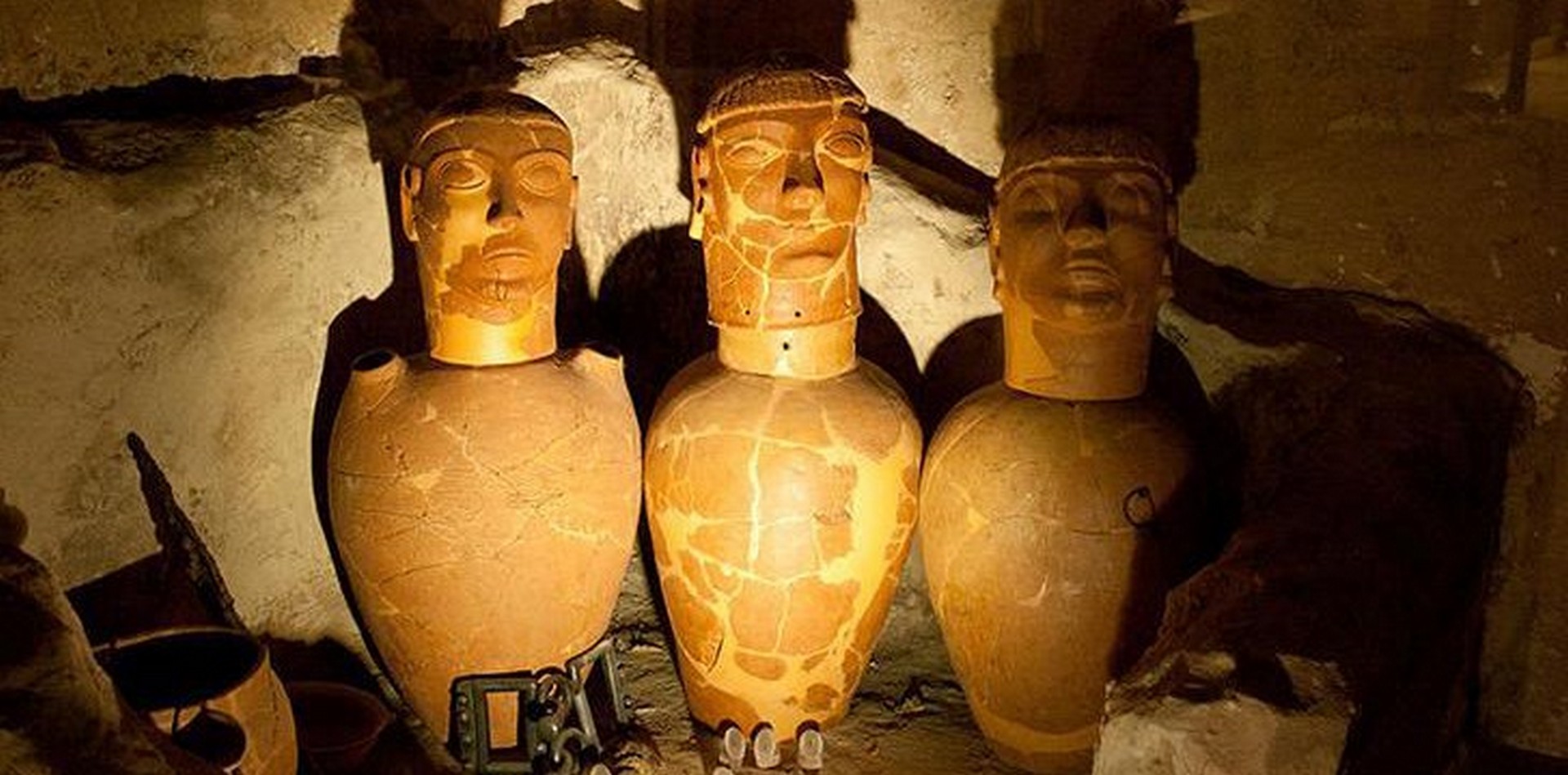
The healing power of water: the thermal baths of Chianciano
Chianciano is known throughout Europe for its thermal baths, and not by chance. Acqua Santa, a thermal spring known for its beneficial properties for the liver, still flows in the Acqua Santa Park, a historic and symbolic place in the city, made famous by Fellini’s films. The park covers over seven hectares in the immediate vicinity of the historic centre, along Piazza Martiri Perugini.A green space criss-crossed by shady paths, manicured flower beds and centuries-old trees, home to facilities such as the Sala Mescita, the Salone Nervi, the Sala Ottagonale, the Sala Fellini and even the Terme Sensoriali, an oasis where the spa experience blends with naturopathy. Access to the park is free of charge, and every summer it hosts a packed calendar of events: live music at sunset, gala evenings, cinema under the stars, muscle toning and conferences with spa doctors, enriching the spa experience.
Next to the park is the Terme Sillene spa, dedicated to treatments covered by the National Health Service. Terme Sillene is closely linked to the Theia Thermal Pools, dedicated to the mother of the moon in Etruscan mythology, which offer seven indoor and outdoor pools fed by the Sillene spring, hydromassage jets and a wellness area designed for children too.
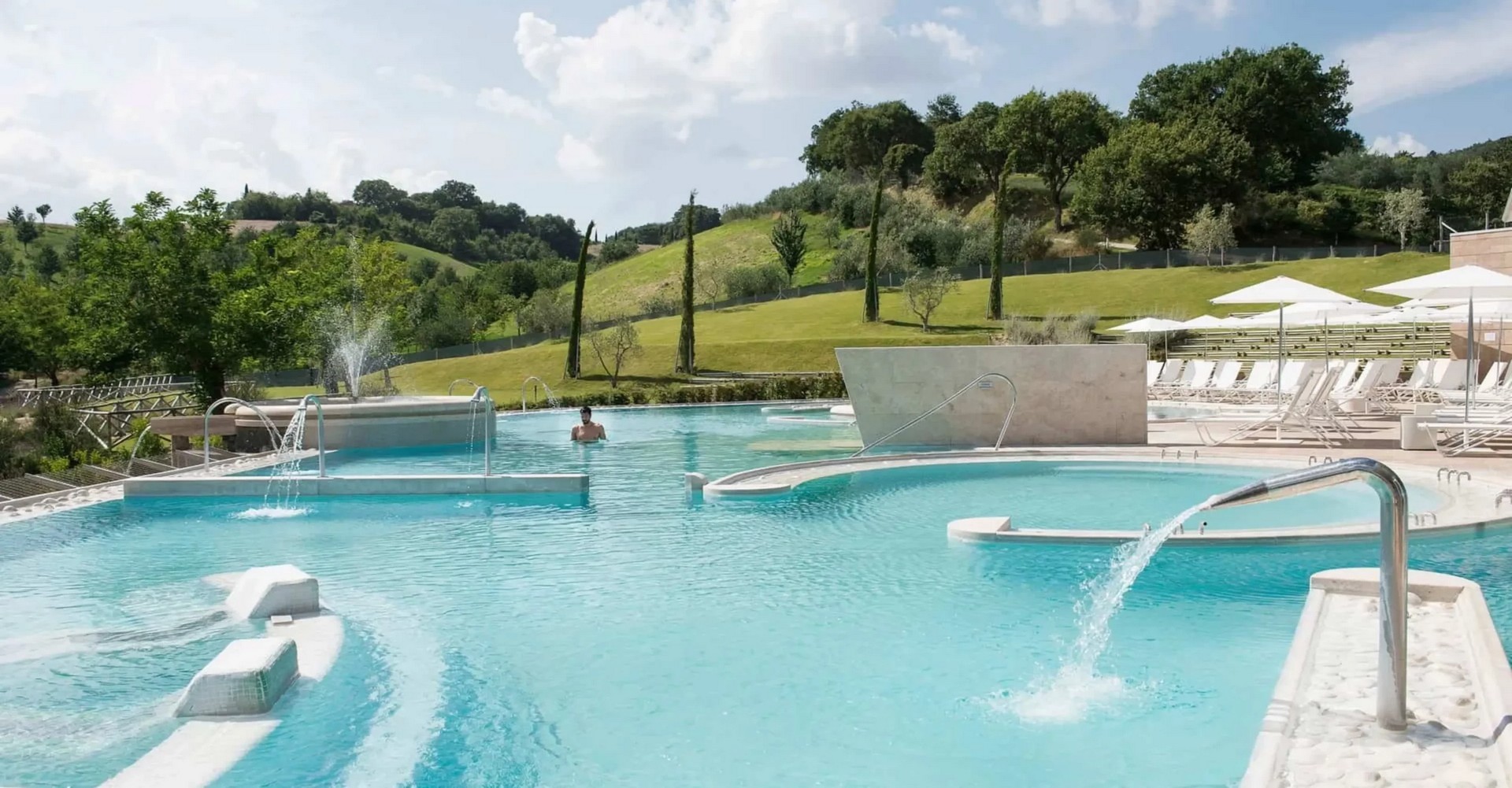
What to see around Chianciano Terme
Our advice is not to stop at Chianciano, because this town is the gateway to one of the most fascinating landscapes in Italy. The Pietraporciana Nature Reserve, suspended between the Val d’Orcia and the Valdichiana, offers unique trails and panoramic viewpoints from which to take in both valleys, perfect for hiking, cycling or horse riding.
A few kilometres from Chianciano, picture-postcard scenery unfolds: Montepulciano, Pienza, Bagno Vignoni, Montalcino, villages rich in history and charm and, above all, destinations that lend themselves to discovering the region’s food and wine treasures. Montepulciano, in fact, is famous for its Nobile wine, while Montalcino is famous for its highly prized Brunello. In an hour, you can reach the ever-beautiful city of Siena, or in the opposite direction, Lake Trasimeno in Umbria, to discover its hidden treasures. If, on the other hand, you are looking for more intimate and lesser-known wonders, we suggest Sarteano, about a 15-minute drive from Chianciano: it is a small village with an imposing and well-preserved medieval castle, which stands at the top of the centre and offers a panoramic view of the entire Valdichiana. Sarteano is also known for its Etruscan remains, making it ideal for those who wish to learn more about Etruscan culture beyond Chianciano, in a more intimate and evocative setting.
Where to stay in Chianciano Terme: farmhouses in the surrounding area
For those looking for a farmhouse to discover Chianciano Terme and its surroundings, Tenute del Cerro is the ideal choice, particularly Fattoria del Cerro and La Poderina.
To locate the green heart of the Castelnuovo dell’Abate area, near Montalcino, lies La Poderina, an estate nestled in a hilly landscape of extraordinary beauty, recommended for those seeking silence, nature and authenticity. Guests can stay in two independent 50 m² apartments, which are cosy and well-equipped, with views of the Tuscan countryside. It is the ideal place to discover the land that gives rise to the famous Brunello di Montalcino, enjoying an experience that combines comfort and wine culture.
A few kilometres from Chianciano Terme, in Acquaviva di Montepulciano, lies Fattoria del Cerro, the nerve centre of Vino Nobile di Montepulciano production. Here, your stay will be enriched with elegance thanks to Relais Villa Grazianella, a refined residence surrounded by vineyards, with 11 tastefully furnished rooms and unparalleled views. The estate also includes the L’Antica Chiusina restaurant, and there is no shortage of guided tasting opportunities that allow you to explore the history and flavours of the estate, in a constant dialogue between landscape, identity and quality.
Every stay therefore becomes an opportunity to get in touch with Tuscan wine culture thanks to tours among the vineyards, visits to wineries and tastings, which allow you to learn about the work and passion that give life to some of Italy’s most appreciated wines. The proximity to Chianciano – and other places of great charm – allows you to alternate moments of absolute relaxation with days of exploration of art, nature and wellness for a holiday that regenerates, engages and leaves a lasting impression.
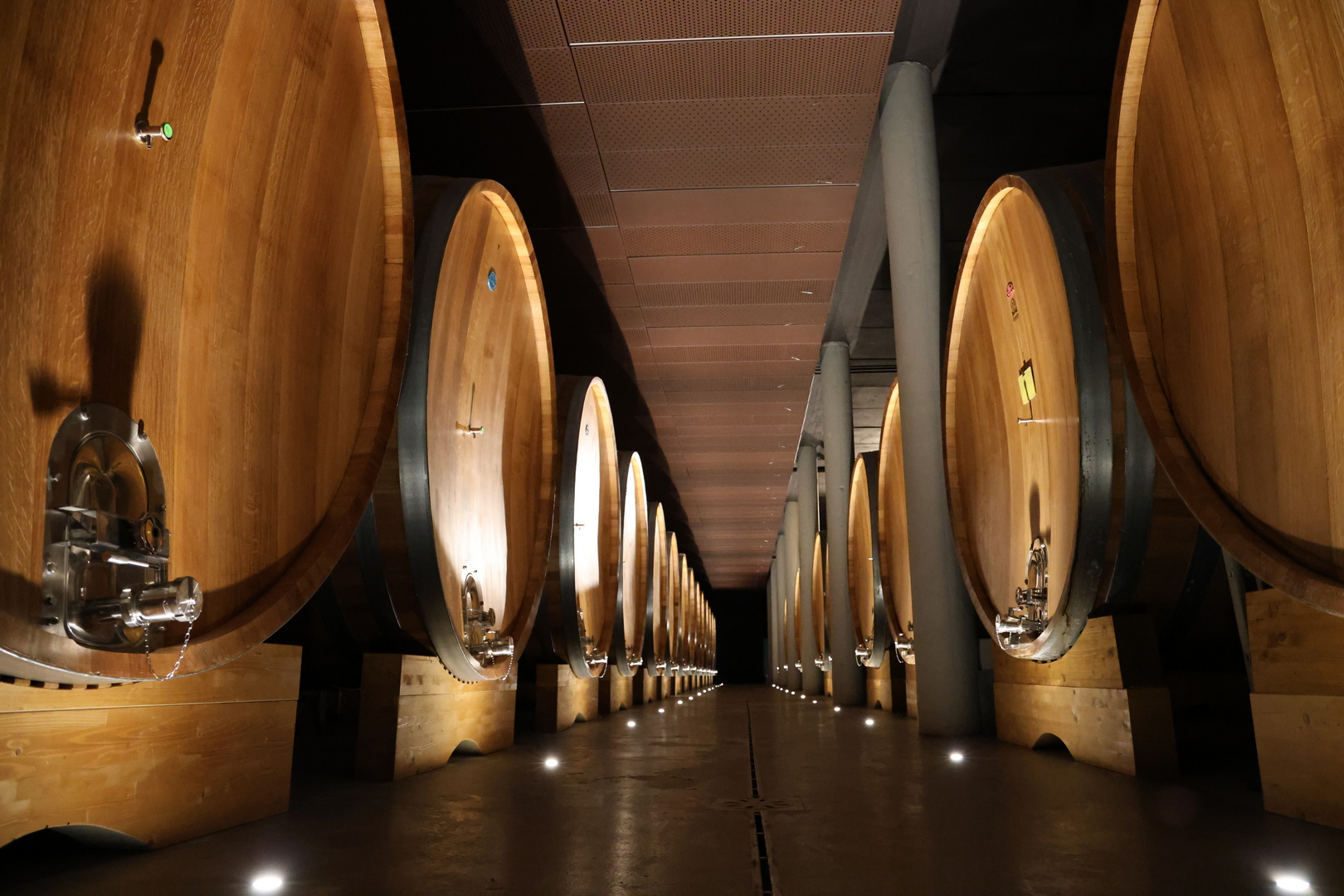
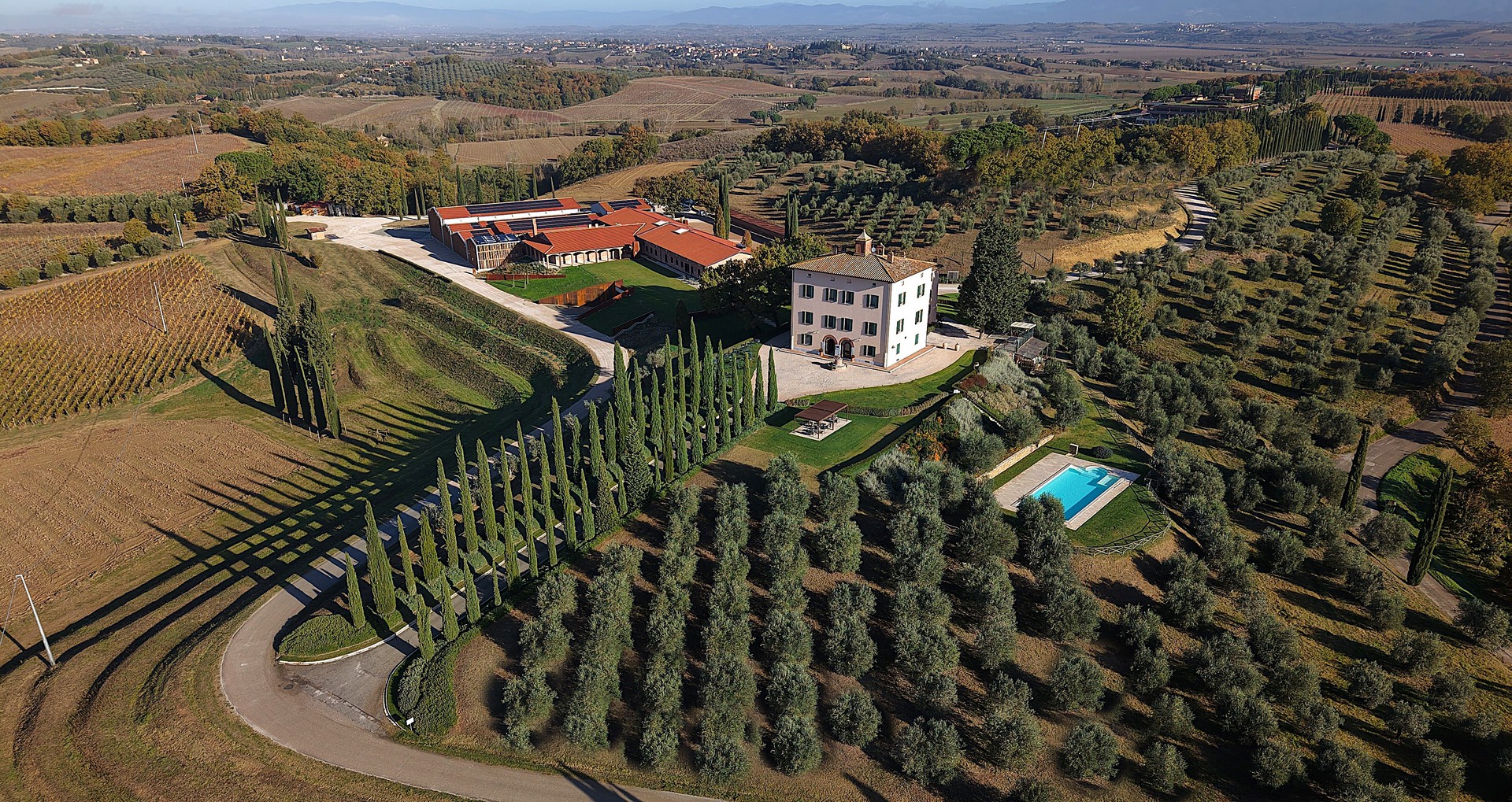
Fattoria del Cerro
Fattoria del Cerro, located in Montepulciano (Acquaviva), in the province of Siena, extends over 600 hectares of property, of which 181 are vineyards. With its 93 hectares registered in the Vino Nobile register, it is the largest private producer of Vino Nobile di Montepulciano.
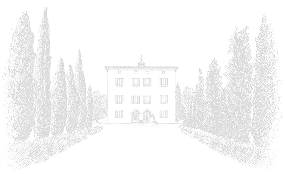
{title}
{description}